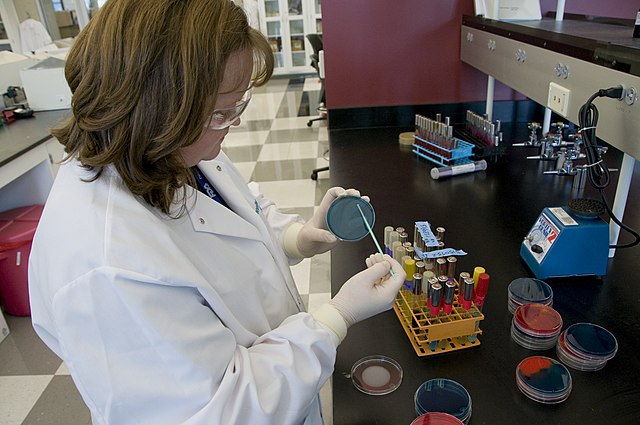Food safety is used as a scientific method/discipline describing handling, preparation, and storage of food in ways that prevent foodborne illness. The occurrence of two or more cases of a similar illness resulting from the ingestion of a common food is known as a food-borne disease outbreak. This includes a number of routines that should be followed to avoid potential health hazards. In this way, food safety often overlaps with food defense to prevent harm to consumers. The tracks within this line of thought are safety between industry and the market and then between the market and the consumer. In considering industry-to-market practices, food safety considerations include the origins of food including the practices relating to food labeling, food hygiene, food additives and pesticide residues, as well as policies on biotechnology and food and guidelines for the management of governmental import and export inspection and certification systems for foods. In considering market-to-consumer practices, the usual thought is that food ought to be safe in the market and the concern is safe delivery and preparation of the food for the consumer. Food safety, nutrition and food security are closely related. Unhealthy food creates a cycle of disease and malnutrition that affects infants and adults as well.

FDA lab tests seafood for microorganisms.
US FDA scientist tests for Salmonella.
FDA official inspecting a candy factory c. 1911
FDA official and New Jersey state inspector review harvest of clams.
Food processing is the transformation of agricultural products into food, or of one form of food into other forms. Food processing takes many forms, from grinding grain into raw flour, home cooking, and complex industrial methods used in the making of convenience foods. Some food processing methods play important roles in reducing food waste and improving food preservation, thus reducing the total environmental impact of agriculture and improving food security.
Industrial cheese production
These whole, dried bananas in Thailand are an example of primary food processing.
Baking bread is an example of secondary food processing.
Michael Foods egg-processing plant in Wakefield, Nebraska








